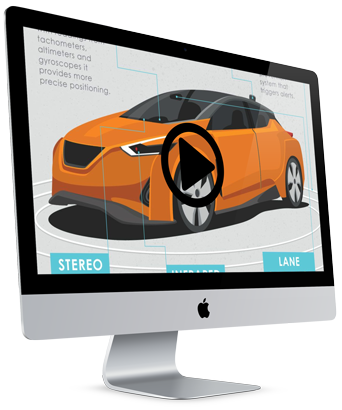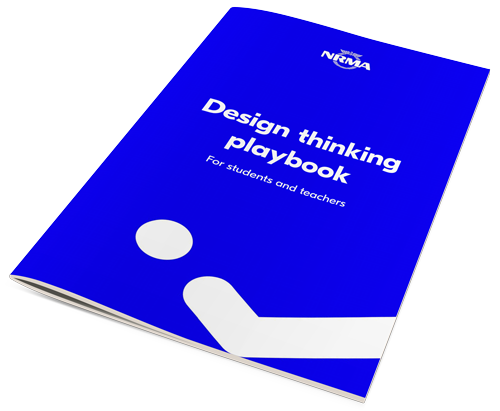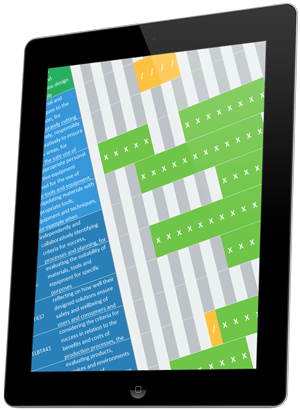Future of Transport Challenge
Client: NRMA
Team: Slam
The Challenge
Acknowledging the need for a new generation of innovative thinkers in transportation, NRMA engaged Rob McTaggart to lead a project that would foster entrepreneurial skills among students. The challenge was designed to be a practical and engaging way for students to apply design thinking to transport issues, inspired by the creative problem-solving showcased on television shows like Shark Tank and Dragon’s Den.
Rob McTaggart’s track record with the Digital Sparks design challenge and expo demonstrated his ability to motivate students in the fields of technology and design, making him an ideal candidate for this initiative. The NRMA education team, known for their contributions to science and road safety education, sought to expand their impact by integrating STEM principles into the challenge.
The NRMA Future of Transport Challenge offered more than just a competitive experience; it provided a platform for students to engage deeply with the transport industry, from conceptualising ideas to presenting engineered solutions. This initiative aimed to equip students with the skills to navigate and shape the future of transportation, emphasising hands-on learning and real-world application.
The Solution
Slam Education responded with a dynamic, multi-faceted program encompassing an interactive website, a design thinking playbook, and a suite of educational resources. These tools empowered students to navigate the complexities of human-centred design and pitch their innovative ideas to industry experts.
Interactive website
A comprehensive website served as a central hub for students and teachers, providing a one-stop shop for everything related to the challenge. Key features included:
- Resource library: A rich collection of resources to support student learning, including research materials, curriculum links, downloadable templates (pitch decks, executive summary templates), marking rubrics, and inspirational student work samples.
- Design thinking framework: The website offered a user-friendly, step-by-step guide to design thinking, specifically tailored to transportation challenges. This framework equipped students with a human-centered design approach for research, ideation, prototyping, and testing their solutions.

- Online registration: Streamlined registration allowed teachers to easily register their students for the challenge.
- Student team management: Teachers could add students to teams and manage their progress through the online platform.
- Challenge submission: Students could collaboratively submit their final projects, including pitch decks, executive summaries, and potentially other creative assets, directly through the website.
- Data management: The platform securely stored all challenge data, including student work, teacher registrations, and resources, providing easy access for the education team.
This feature-rich website fostered a collaborative learning environment, streamlined program administration, and offered a central repository for valuable educational resources.

Design Thinking Playbook
This step-by-step guide equipped students with a human-centered design approach to tackle transport challenges. It included a clear framework for research, ideation, prototyping, and pitching solutions.

A curriculum linked, multi-disciplinary learning program
Aligning with the Australian Curriculum and the NSW curriculum (Years 5-10), the program provided a structured learning journey. This ensured clear learning goals and connections to existing subjects like mathematics, science, and design and technology.
Professional development for teachers
NRMA offered free professional learning sessions to equip teachers with the knowledge and confidence to guide students through the challenge effectively.
From strength to strength
The NRMA Future of Transport Challenge isn't just a competition; it's a journey of innovation fueled by a powerful partnership. Year after year, the challenge evolves through ongoing collaboration between Slam and NRMA. This dedication cultivates a generation of critical thinkers and problem-solvers, equipped to navigate the future of transportation.
For more details or to explore what Slam can do for your educational needs, book a free consultation.